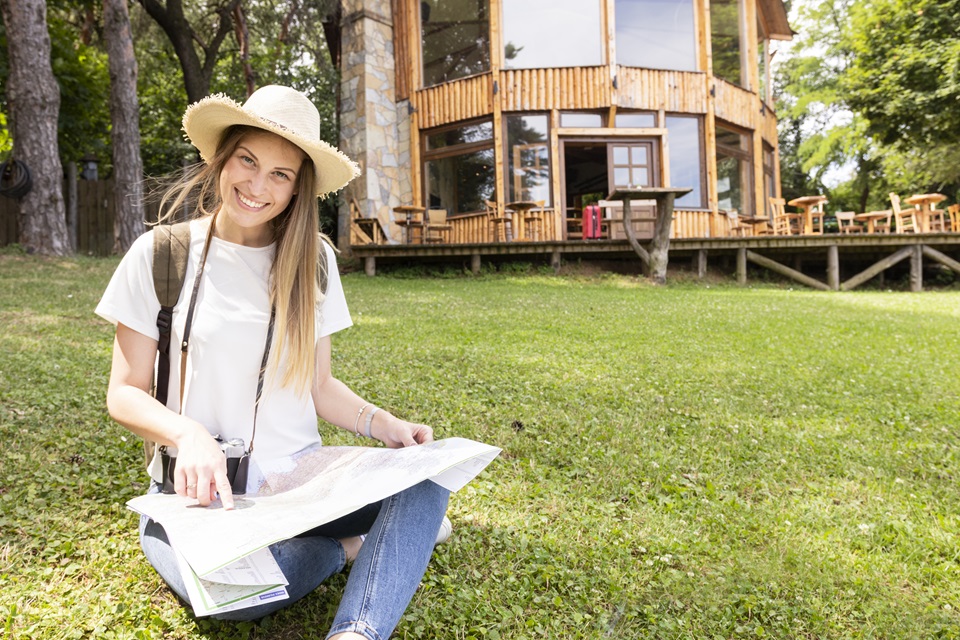In a world where climate change is becoming increasingly evident, the concept of crafting a climate-resilient home has gained significant traction. As extreme weather events become more frequent and unpredictable, homeowners are seeking ways to fortify their living spaces against the elements.
Embracing the elements isn’t just about adapting to climate change; it’s about proactively designing and building homes that can withstand its impacts. In this blog post, we’ll explore the principles and practices behind crafting a climate-resilient home.
Table of Contents
Understanding Climate Resilience
Before diving into the intricacies of constructing a climate-resilient home, it’s crucial to grasp the concept of climate resilience. Climate resilience denotes the capacity of a system, whether it’s a building, community, or ecosystem, to withstand and bounce back from the effects of climate change.
In the realm of home design, this translates to erecting structures that are capable of enduring severe weather occurrences like hurricanes, floods, wildfires, and heatwaves, while mitigating harm and safeguarding the well-being of inhabitants.
Designing For Resilience
Crafting a climate-resilient home starts with thoughtful design. Architects and builders must consider the unique climatic challenges faced by their region and incorporate strategies to mitigate risks. This may include orienting the home to maximize natural ventilation and daylight, using durable materials that can withstand high winds and heavy rainfall, and elevating the building to reduce the risk of flooding.
Building Envelope & Insulation
A key component of climate resilience is a robust building envelope. The building envelope, which includes walls, roof, windows, and doors, serves as the first line of defense against the elements. By investing in high-quality insulation and air sealing, homeowners can minimize heat loss in winter and heat gain in summer, improving energy efficiency and comfort while reducing reliance on mechanical heating and cooling systems.
To secure grant funding, homeowners can explore the various opportunities available through government agencies, non-profit organizations, and community initiatives, which offer financial assistance for climate-resilient home improvements.
Resilient Landscaping
Aside from reinforcing the structure of the home, homeowners can boost resilience through strategic landscaping. Opting for indigenous plants that thrive in local climates, installing water-efficient irrigation systems, and establishing natural barriers to combat erosion and flooding all contribute to mitigating the effects of severe weather events. Furthermore, these measures promote biodiversity within the environment surrounding the property.
Harnessing Renewable Energy
Another crucial aspect of crafting a climate-resilient home is reducing reliance on fossil fuels and transitioning to renewable energy sources. Solar panels, wind turbines, and geothermal heating systems can provide clean, reliable power while reducing greenhouse gas emissions and reducing utility costs. By generating their electricity onsite, homeowners can maintain energy independence and resilience in the face of power outages and disruptions.
Community Resilience
While individual actions are essential, true climate resilience requires collective efforts at a community level. Neighborhoods can come together to implement green infrastructure projects, establish emergency response plans, and share resources to support vulnerable residents during extreme weather events. By fostering a sense of solidarity and cooperation, communities can enhance their ability to adapt and thrive in a changing climate.
Conclusion
Crafting a climate-resilient home isn’t just about protecting property; it’s about safeguarding lives and livelihoods in the face of a rapidly changing world. By embracing the elements and incorporating resilience into every aspect of home design and construction, we can create spaces that are not just sustainable and efficient but also safe and resilient for generations to come. As we confront the challenges of climate change, let’s work together to build a future where homes can be havens amidst the storms.



